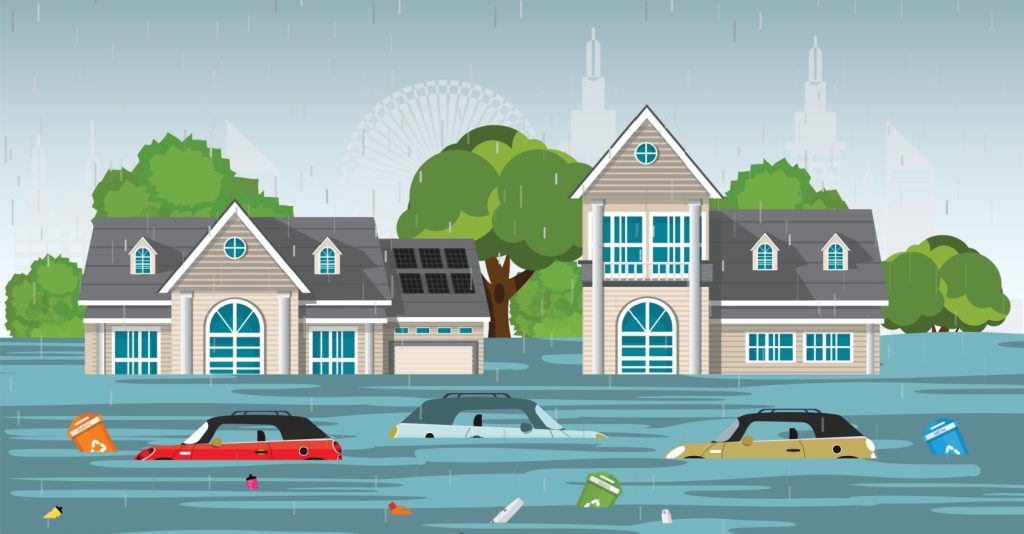River flooding in April can occur for various reasons, including heavy rainfall, snowmelt, ice jams, and rapid thawing of frozen ground. In many regions, April marks the beginning of spring, when temperatures rise and precipitation increases, potentially leading to higher water levels in rivers and streams.

Flood insurance is crucial for homeowners and businesses located in flood-prone areas. Standard homeowners’ insurance policies typically do not cover flood damage, so obtaining separate flood insurance is necessary to protect against losses caused by flooding. Here are some key points regarding flood insurance:
National Flood Insurance Program (NFIP)
In the United States, flood insurance is primarily provided through the NFIP, which is administered by the Federal Emergency Management Agency (FEMA). NFIP policies are available for homeowners, renters, and business owners in participating communities.
How Coverage Works
NFIP policies typically cover both the structure of the building and its contents. This includes damage to the foundation, walls, electrical and plumbing systems, appliances, furniture, and personal belongings. There are limits to how much coverage is available, so it’s important to review policy details carefully.
Premiums for flood insurance are based on the property’s flood risk, which is determined by factors such as its location in a designated flood zone, its elevation, and the type of building construction. Properties in high-risk flood zones generally have higher premiums.
There is usually a waiting period before flood insurance coverage takes effect. This waiting period can range from 30 days to several months, so it’s important to purchase insurance well in advance of flood season.
Private Flood Insurance
In addition to the NFIP, some private insurers offer flood insurance policies with varying coverage options and pricing. These policies may be available in areas where NFIP coverage is limited or unavailable.
Property owners can take steps to reduce their flood risk and potentially lower insurance premiums. This may include elevating the structure, installing flood barriers or flood vents, and maintaining proper drainage around the property.
What Happens in a Claim
In the event of flood damage, policyholders should promptly document the damage and file a claim with their insurance provider. It’s important to follow the claims process outlined in the policy and provide accurate information to expedite the settlement.
River flooding in April can pose significant risks to property owners, making flood insurance essential for financial protection against potential losses. It’s important for individuals and businesses in flood-prone areas to understand their flood risk, obtain appropriate insurance coverage, and take proactive measures to mitigate flood damage. The Copeland Group is here to guide and help you choose the best coverage to protect your home and investments. Contact us today!
